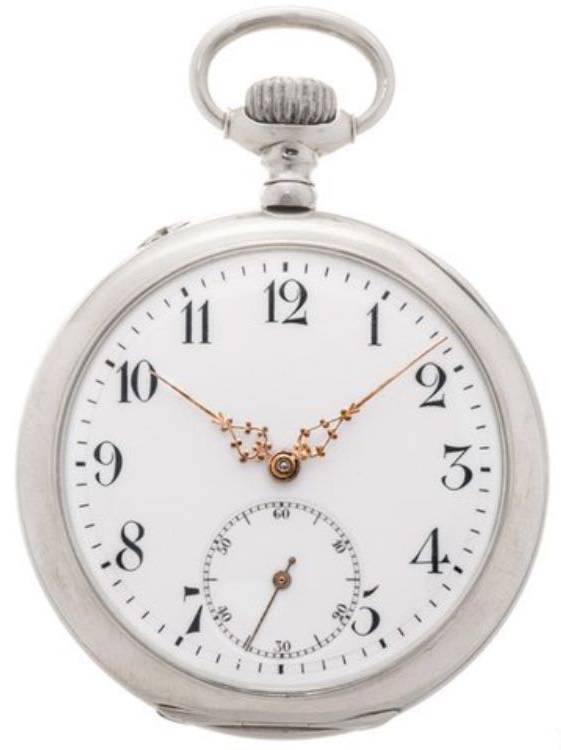As some of you know, I am collecting pocketwatches, IWC only.
Far from saying that my collection is a museum collection but I am proud to
have found some nice and rare pieces over time.
Some of the pocketwatches are common, easy to find on the market, sometimes in
better condition than mine, but some I have are gems.
So in these crazy times, as the museum in Schaffhausen is closed, why not open
one here on the forum.
As long as the museum is closed, I will post here daily a pocketwatch from my
collection.
I hope I don't run out of pieces before the virus is beaten. Fingers crossed
for all of us.
I will post them in a random order, with some comments, feel free to join.
Keep safe all.
DAY 39, cal 52 with "snail" regulator
Yesterday I wrote :"It is not surprising that a collector has more than one
cal 52 in a
collection, it was for years the workhorse in the IWC pocketwatches."
And yes, another cal 52 today, but with a special feature, with the
"snail"regulator.
As you can see on the pictures, a watch can be regulated with different
systems, In the post, I have a picture with 3 cal 52's with 3 different ways
to regulate, The regular one, the one with the swan neck and the snail
regulator. All three can be found on cal 52's.
But the snail regulator, you find this type of fine adjustments only on H 6,5
watches.
In the books, these watches are marked as : "reglage speciale", indicating
that this particular watch had extra attention for its fine-adjustment.
You can see that the swann-neck adjustment is not done by the frequently seen
screw but by a kind of disc of which the screw can be turned by a
perpendicular placed screwdriver, eliminating the risk of slipping-off.
As the snail-shaped cam is rotated it moves the tail of the regulator.
According to forum member Ralph Ehrismann, 2000 to 5000 watches should have
been made
with this type of regulator.
It is strange that not more are found in the market, you can find these but in
my opinion not that frequently.
So why buying different cal 52's ? They all can have something special to
offer.
Mine here, besides the snail regulator, has also a very nice Niello silver
case, with a gold medaillon, the dial is not a signed one and hands are Louis
XV style. The watch can be dated around 1905.





The three different styles compared
 Still no clue
Still no clue
what these markings HK are...






 A regulator
A regulator Lyles many
Lyles many Image kindly
Image kindly
